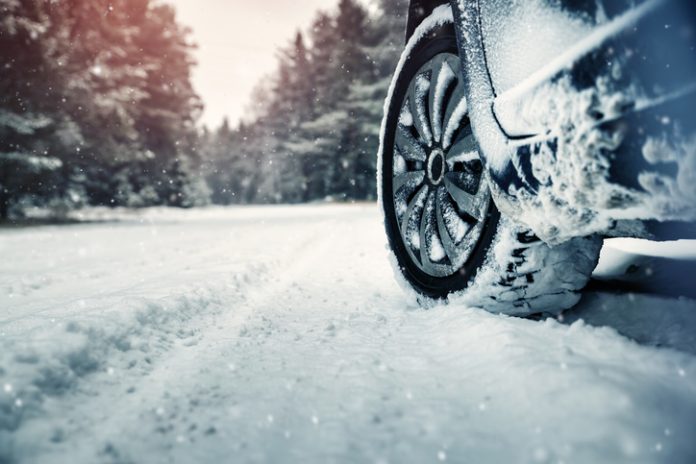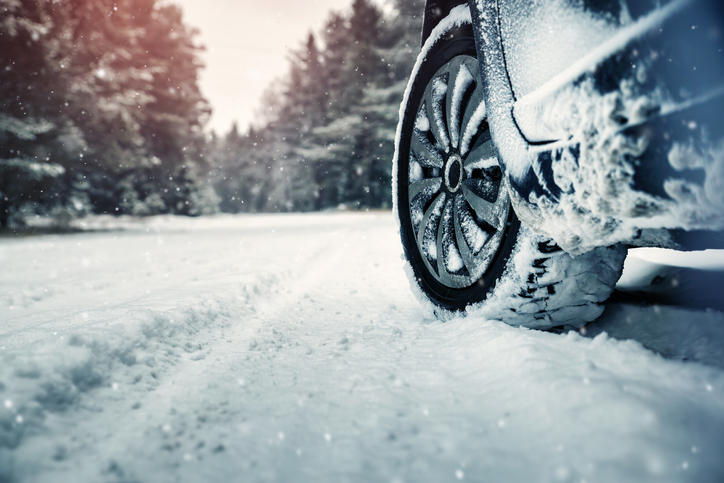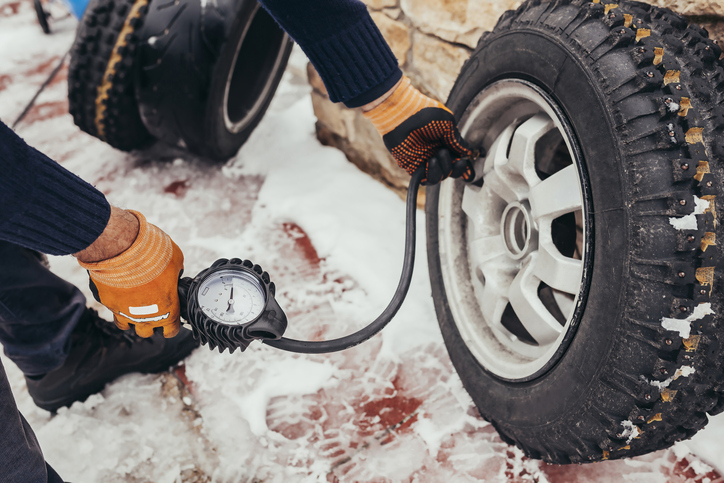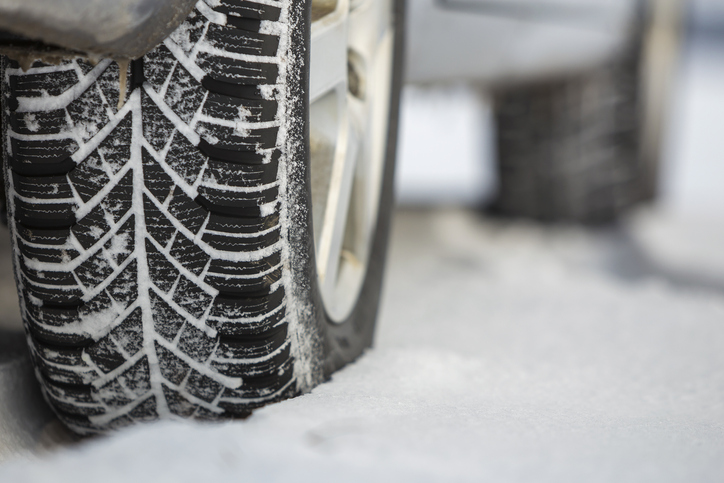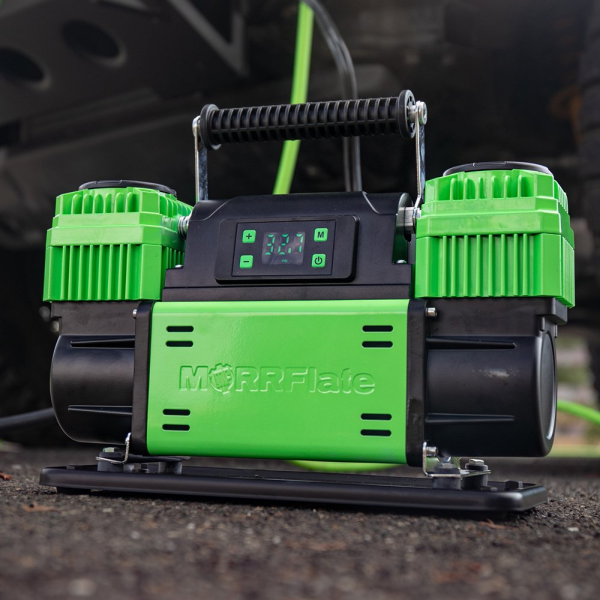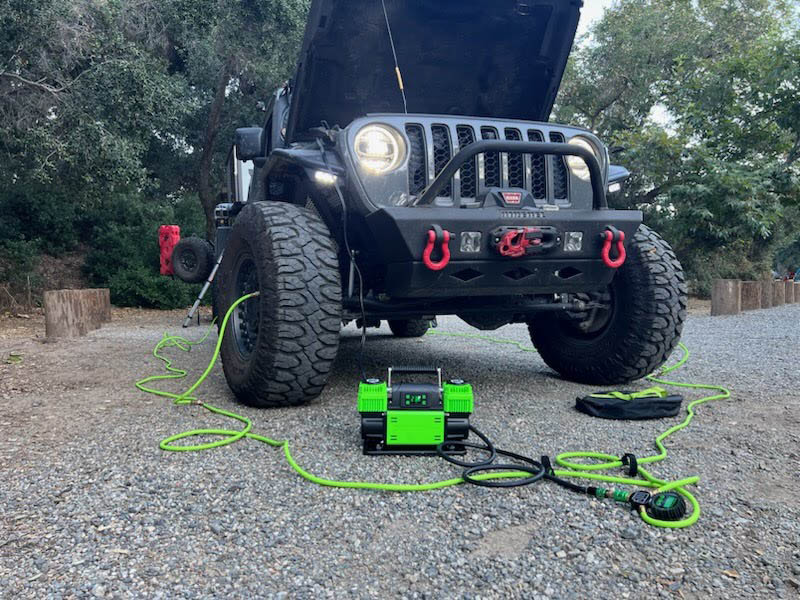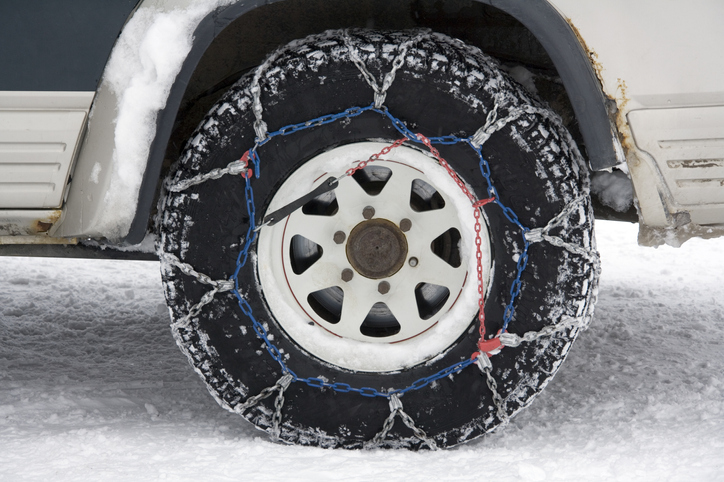Image by LeManna via iStock
As winter sets in, drivers are faced with the challenge of navigating snowy and icy roads, prompting the question of how to manage winter tire pressure effectively. The common assumption is that lowering tire pressure might improve traction, but is this really the best approach?
Debating the ideal winter tire pressure is more than just a theoretical exercise. It has practical implications for traction, fuel economy, and overall driving stability. Understanding the nuances of tire care in cold weather is crucial, as it significantly affects vehicle safety and performance.
Navigating winter roads requires more than just skillful driving; it demands an informed approach to vehicle maintenance, particularly tire care. By comprehensively understanding the dynamics of tire pressure in cold weather, motorists can ensure their journeys are safer and more efficient.
Today, we delve into the intricacies of winter tire pressure, addressing common misconceptions and highlighting effective strategies for safe winter driving. As we dissect the topic of winter tire pressure, our goal is to offer insights that enhance both safety and performance for drivers facing the icy grip of winter.
Table of Contents
- Winter Tire Pressure: To Air Down or Not to Air Down?
- How Do Cold Temperatures Affect Winter Tire Pressure?
- What Can I Do to Check and Set Tire Pressure Quickly?
- What are the Best Ways to Improve Traction in the Winter?
Winter Tire Pressure: To Air Down or Not to Air Down?
Image by carles miro via iStock
The concept of reducing tire pressure, known as “airing down,” is often suggested as a method to increase traction in snowy and icy conditions. However, this practice is surrounded by misconceptions and potential risks.
When tires are underinflated, the contact patch – the area of the tire that touches the road – becomes larger. While this might seem beneficial for traction, it can actually lead to less effective handling and increased tire wear. In winter conditions, especially on plowed roads, this can result in a compromise in safety rather than an enhancement.
The risks associated with underinflated tires extend beyond compromised handling. Underinflation can lead to uneven wear and potentially damage the tire structure, reducing its lifespan and performance. This becomes especially problematic in colder temperatures, where tire pressure naturally decreases, making accurate pressure monitoring crucial.
Contrary to popular belief, properly inflated tires can often provide better traction in winter conditions. They allow for more effective cutting through snow to reach the pavement beneath, enhancing grip and stability. In the end, maintaining the manufacturer recommended tire pressure is key to ensuring optimal tire performance and safety during winter.
How Do Cold Temperatures Affect Winter Tire Pressure?
Image by Bilanol via iStock
The impact of plummeting temperatures on winter tire pressure is a critical aspect of cold-weather vehicle maintenance. As the thermometer dips, the air inside your tires contracts, leading to a decrease in tire pressure. This is not just a minor inconvenience; it’s a significant concern for anyone driving in winter conditions.
A drop of 10 degrees Fahrenheit can result in a loss of about 1 PSI (pound per square inch) in tire pressure. In regions where winter brings severe cold snaps, this could mean a substantial reduction in tire pressure over a short period. Driving with underinflated tires, especially in winter, can lead to decreased handling and control, reduced fuel efficiency, and uneven tire wear, potentially compromising your safety.
It’s vital to monitor and adjust your winter tire pressure regularly to counteract the effects of cold weather. This involves checking the pressure when the tires are cold, ideally before you’ve driven for the day, to get the most accurate reading. Properly inflated tires according to the manufacturer’s specifications not only ensure better safety but also improve the overall driving experience in wintry conditions.
Regular checks and adjustments of tire pressure are more than a precaution; they are essential for maintaining optimal vehicle performance and safety during the winter months. By staying vigilant about your winter tire pressure, you can enhance your vehicle’s handling, maximize tire life, and ensure a safer journey through the cold season.
What Can I Do to Check and Set Tire Pressure Quickly?
In the thick of winter, efficiently checking and adjusting tire pressure becomes crucial. The MORRFlate TenSix Pro air compressor and Mega Quad Kit emerge as game-changers in this scenario, offering a swift and effective solution for maintaining optimal winter tire pressure.
Together, the MORRFlate TenSix Pro air compressor and the Mega Quad Kit form a formidable duo for handling winter tire pressure needs. Their efficiency, coupled with ease of use, makes them an essential part of winter driving preparation, ensuring that your vehicle is ready to face the challenges of cold-weather driving.
What sets the TenSix Pro apart is its high volume of airflow – 10.6 CFM at 0 PSI, and 6.5 CFM at 30 PSI. This capacity ensures that the tires are inflated quickly and efficiently, making it ideal for cold winter mornings when time and accuracy are of the essence. Its design also allows for a consistent performance with a 50% duty cycle, ensuring that tire inflation is not just fast but also reliable.
The Mega Quad Kit complements the TenSix Pro perfectly. It allows for inflating, deflating, and equalizing air pressure in up to 6 tires simultaneously. This capability significantly reduces the stress on the compressor and the user, making tire maintenance a more streamlined and efficient process.
What are the Best Ways to Improve Traction in the Winter?
Image by SteveAllenPhoto via iStock
In the realm of winter driving, ensuring optimal traction is paramount for safety and performance. While managing winter tire pressure is crucial, there are additional strategies to enhance traction in snowy and icy conditions.
One effective approach is the use of snow tires. These tires are specifically designed for cold temperatures and have a tread pattern that provides better grip on snow and ice. The rubber compounds used in snow tires remain flexible at lower temperatures, offering superior traction compared to standard all-season tires.
Tire chains are another viable option for improving traction, especially in severe winter conditions. They provide an additional layer of grip on ice and packed snow, making them particularly useful in mountainous areas or places with heavy snowfall. However, it’s important to check local regulations regarding the use of tire chains, as they might be restricted in certain areas.
In addition to these mechanical aids, driver skill and awareness play a significant role in navigating winter roads safely. Understanding how to control your vehicle in slippery conditions, such as gentle braking and steering, can greatly improve safety. It’s also advisable to maintain a greater following distance in winter conditions to allow more time to react if traction is lost.
Beyond equipment and driving technique, regular maintenance and checks are essential. Ensure that your vehicle’s brakes, batteries, lights, and wipers are in good working order to face the challenges of winter driving.
Disclaimer: Just so you know, some of the cool stuff we mention comes with affiliate links, meaning we earn a commission if you buy (no extra charge to you!). Plus, we occasionally feature sponsored content, but rest assured, we only shout out products we genuinely stand behind.



